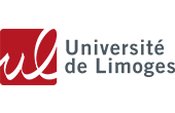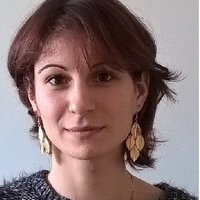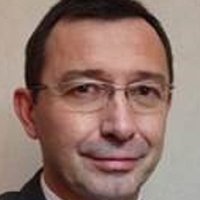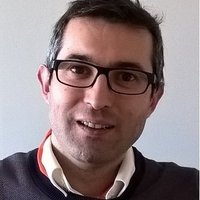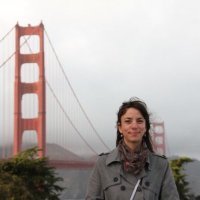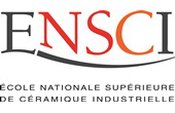High performance ceramic materials
- Duration: 6 weeks
- Effort: 9 hours
- Pace: ~1h30/week
- Languages: English
What you will learn
At the end of this course, you will be able to:
- know how to make a refractory ceramic product and what properties it has.
Description
With what and how are catalytic converters and space shuttles tiles made?
Why is the inside of a household waste incineration furnace resistant to high temperature and thermal shock?
The answers to these questions have a common point. They relate to ceramic materials...
The aim of this course is to introduce you to the field of ceramic science and engineering.
More particularly, it is about a specific topic, that of high performance refractory ceramics present in multiple applications such as aerospace, automobiles, building etc. For this, after defining the term "ceramic", we will present some major fabrication methods, the structure of these materials at different scales and lastly the remarkable thermal and mechanical properties.
This course is for students, professionals in industry, retired persons or anyone who is simply curious.
Format
The course duration is six weeks. Every week consists of approximately 6 sessions composed of a video lecture in english and in french, supplementary documents and an associated quiz.
Prerequisites
Most of the MOOC sequences are accessible to anyone with an interest in the subject and a minimum of scientific knowledge. Chapters 4, 5 and 6 require basic principles in materials science at a level L2 (second year of University).
Assessment and certification
At the end of the course a statement of completion will be provided for participants having obtained the required score to the quizzes.
Course plan
- Week 1:
- Chapter 1: General aspects
- Week 2:
- Chapter 2: Ceramic fabrication processes
- Week 3:
- Chapter 3: Microstructure
- Week 4:
- Chapter 4: Thermal properties
- Week 5:
- Chapter 5: Mechanical properties
- Week 6:
- Chapter 6: Thermo-mechanical properties
- Conclusion
Course team
Marc Huger
Categories
David S. Smith
Categories
Recommended Reading
- Introduction to Ceramics, W.D. Kingery, H.K. Bowen, D.R. Uhlmann, J. Wiley & Sons, 1976.
- Matériaux et processus céramiques, P. Boch, Hermès Sciences 2001.
License
License for the course content

Attribution-NonCommercial-NoDerivatives
You are free to:
- Share — copy and redistribute the material in any medium or format
Under the following terms:
- Attribution — You must give appropriate credit, provide a link to the license, and indicate if changes were made. You may do so in any reasonable manner, but not in any way that suggests the licensor endorses you or your use.
- NonCommercial — You may not use the material for commercial purposes.
- NoDerivatives — If you remix, transform, or build upon the material, you may not distribute the modified material.
Creative Commons Licence BY-NC-ND: the user must give appropriate credit to the authors, he may not use the documents for commercial purposes and may not distribute modified documents.
License for the content created by course participants

All rights reserved
"All rights reserved" is a copyright formality indicating that the copyright holder reserves, or holds for its own use, all the rights provided by copyright law.
Restrictive license: your production is your intellectual property and therefore can not be reused.

